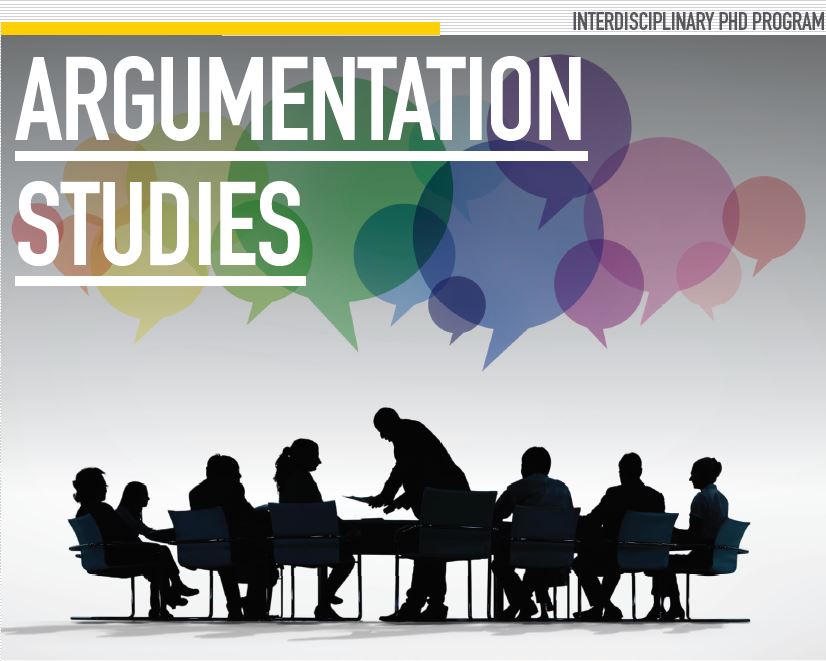Location
Brock University
Document Type
Paper
Start Date
15-5-1997 9:00 AM
End Date
17-5-1997 5:00 PM
Abstract
In noting contemporary neglect of Mill's work on fallacy, Hansen and Pinto say that his account is tied more closely to scientific methodology than to problems of public discourse and everyday argumentation. This paper re-examines Mill's fallacies from a rhetorical perspective, assessing the extent to which his examples—drawn from the domain of popular superstition, science, philosophy, and public discussion—fits his theoretical structure. In articulating the relationship between Mill's philosophical assumptions and the discursive practices of the fields from which he draws his examples, it will suggest the ambiguities in Mill's mentalistic, rationalistic, inductivist approach and the inescapable rhetoricity of his examples.
Creative Commons License

This work is licensed under a Creative Commons Attribution 4.0 International License.
Response to Submission
Raymie McKerrow, Commentary on Secor
Reader's Reactions
Raymie McKerrow, Commentary on Secor (May 1997)
Included in
Mill’s Fallacies: Theory and Practice
Brock University
In noting contemporary neglect of Mill's work on fallacy, Hansen and Pinto say that his account is tied more closely to scientific methodology than to problems of public discourse and everyday argumentation. This paper re-examines Mill's fallacies from a rhetorical perspective, assessing the extent to which his examples—drawn from the domain of popular superstition, science, philosophy, and public discussion—fits his theoretical structure. In articulating the relationship between Mill's philosophical assumptions and the discursive practices of the fields from which he draws his examples, it will suggest the ambiguities in Mill's mentalistic, rationalistic, inductivist approach and the inescapable rhetoricity of his examples.

